Tall Fescue, Kentucky 31 (pasture mainly)
$13.50 – $115.00
Good pasture. Not recommended to leave livestock on pasture for extended periods. Has been used as turfgrass. Plant 4-10 lb. per 1000 sqft.
Good pasture. Not recommended to leave livestock on pasture for extended periods. Has been used as turfgrass. Plant 4-10 lb. per 1000 sqft.
| Grow Height | Cold Tolerance | Minimum Rainfall |
Planting Rate Acre |
| 1½-4′ | Fair | 30-40″ | 20-25 lb. |
| Weight | 1 lbs |
|---|---|
| Dimensions | 10 × 10 × 10 in |
Be the first to review “Tall Fescue, Kentucky 31 (pasture mainly)” Cancel reply
You must be logged in to post a review.
Related products
Originates from the Mediterranean region of southern Europe and North Africa and are often referred to as Mediterranean or summer-dormant types. These summer-dormant fescues basically cease growth during summer in response to long days, high temperatures, and dry conditions. In western regions of Oklahoma and Texas, the Mediterranean summer-dormant fescues offer promise of cool-season production [...]
Warm-season perennial bunchgrass introduced from Africa. Adapted to a wide range of heavy soils and dry conditions in central Texas and on wet soils in the Gulf coast.
Native bunch grass that spread by short rhizomes and good root depth. Shade tolerant.
Tropical to subtropical perennial grass with good forage production in low fertile soils. It creeps with stolons and rhizomes, native to South America, naturalized in North America.
Annual legume and the source of guar gum. Assumed to have developed from the African species Cyamopsis senegalensis.
An annual grass with each stem bearing an unbranched, erect, flattened, bristly spike of narrow, crowded, greenish-brown spikelet.
Largest use is turfgrass. Used to overseed warm season turf. In adaptable regions plant 2-10 lb. per 1000 sqft.
Forage bermudagrass with wide, soft leaves. It shows rapid establishment from seed and aggressive spreading from stolons and rhizomes. Chilly Verede has persisted through cold winters in North Carolina, where it was developed, and has excellent heat and drought tolerance.

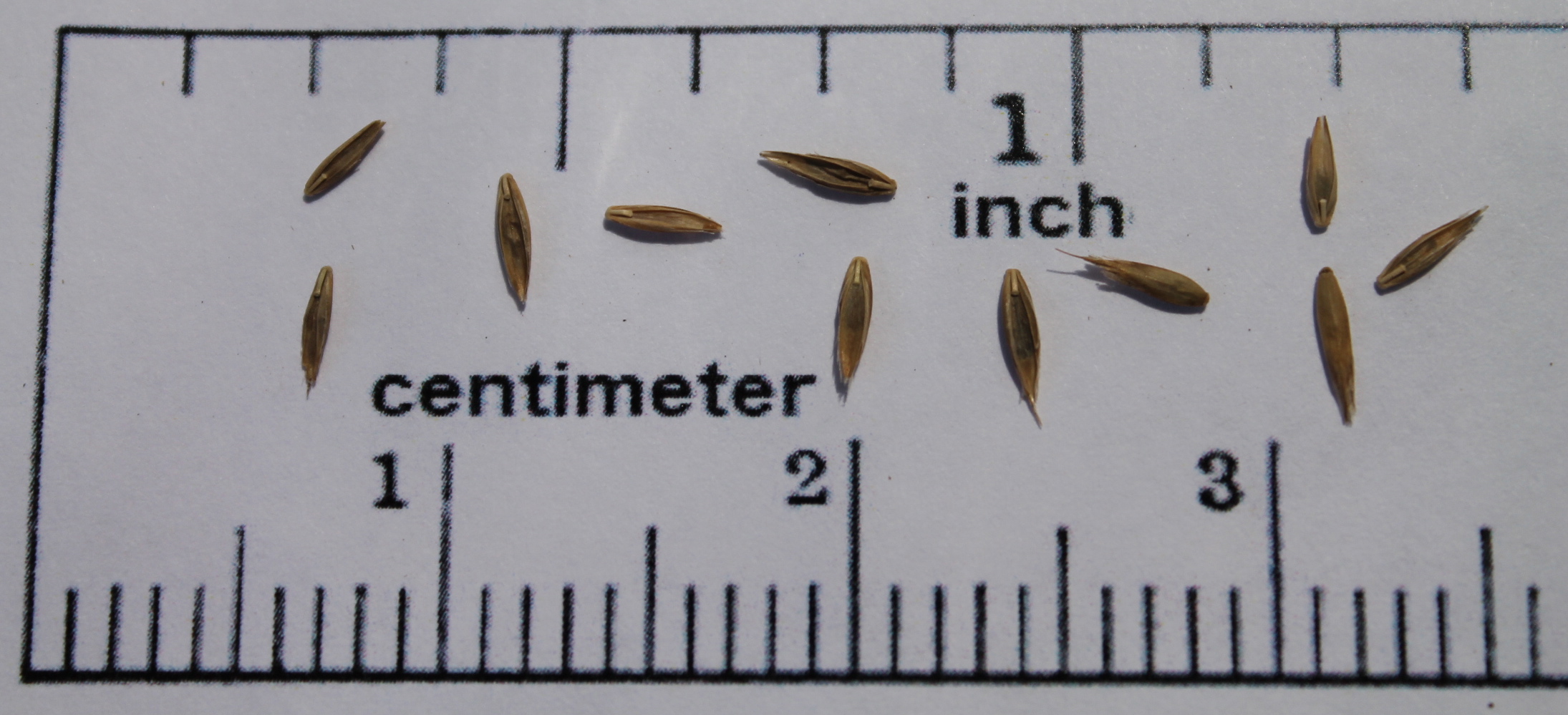
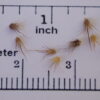
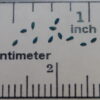
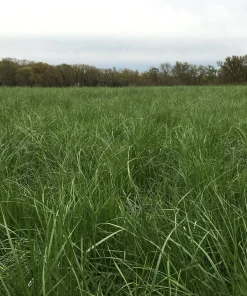

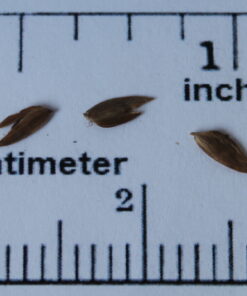


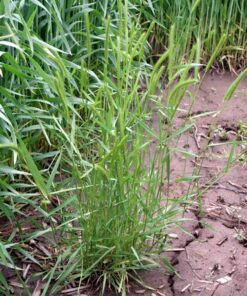
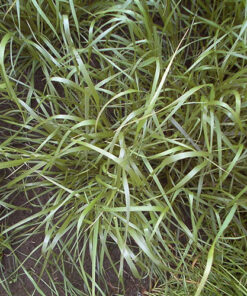

Reviews
There are no reviews yet.